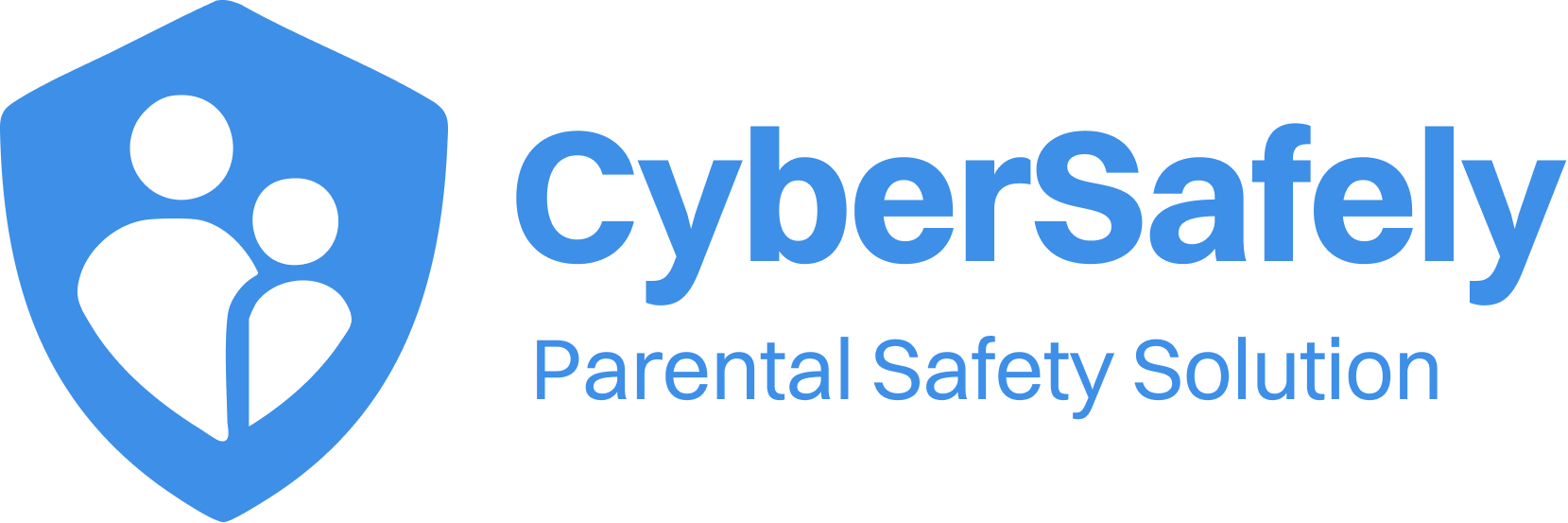The recent revelations from the FTC’s antitrust trial against Meta have stirred rightful outrage. Evidence shows Instagram’s algorithm recommended millions of minor accounts to users flagged for inappropriate behavior. What makes this especially troubling isn’t just the scale of the failure, but the fact that Meta had internal data dating back to 2019 and warnings dating back even further.
But this isn’t only about Meta. It’s about a larger philosophical crisis in how we design digital spaces, one where the child is often forgotten, or worse, seen as a metric to optimize.
The Forgotten Stakeholder
Children, who are among the most vulnerable users online, are rarely considered during the product development phase of major platforms. They are often treated as passive participants rather than stakeholders in need of protection. When engagement and retention become the north star metrics, the algorithm stops asking who it is serving, and starts asking how long it can keep someone scrolling.
In such environments, nuance disappears. A child’s exploratory behavior is interpreted the same as an adult’s intent. And instead of slowing down potential harm, the algorithm amplifies it.
The Cost of Optimization
Instagram, according to internal documentation, deprioritized safety improvements even when staff raised concerns about how minors were being surfaced to adult accounts. Why? Because safety often clashes with optimization. Protective friction, such as pausing suggestions or adding age verification, might reduce time on platform.
But what’s the cost of that optimization? What are the ethical limits of engagement?
A Cultural Wake Up Call
We are now confronting the results of years of design choices where growth outpaced responsibility. This scandal is not just about Instagram’s failure, but about an industry,wide pattern where data,driven design is treated as neutral — when in fact, it encodes human priorities.
The safety of young users cannot be a side feature or a public relations checkbox. It must be central to how platforms are built, measured, and governed. Because what we prioritize in our systems reflects what we value in our society.
The Path Forward
This is a moment for engineers, designers, policymakers, and yes, even parents, to ask deeper questions:
, Who is the algorithm designed to serve? , What values are baked into the product decisions we make? , Are children simply a user segment, or are they a group owed special ethical care?
Tech companies must be held accountable, but we must also hold the culture of product development accountable. Transparency, ethical design, and enforced protections should be table stakes.
Because when the algorithm forgets the child, it’s not just a failure of code. It’s a failure of conscience.

